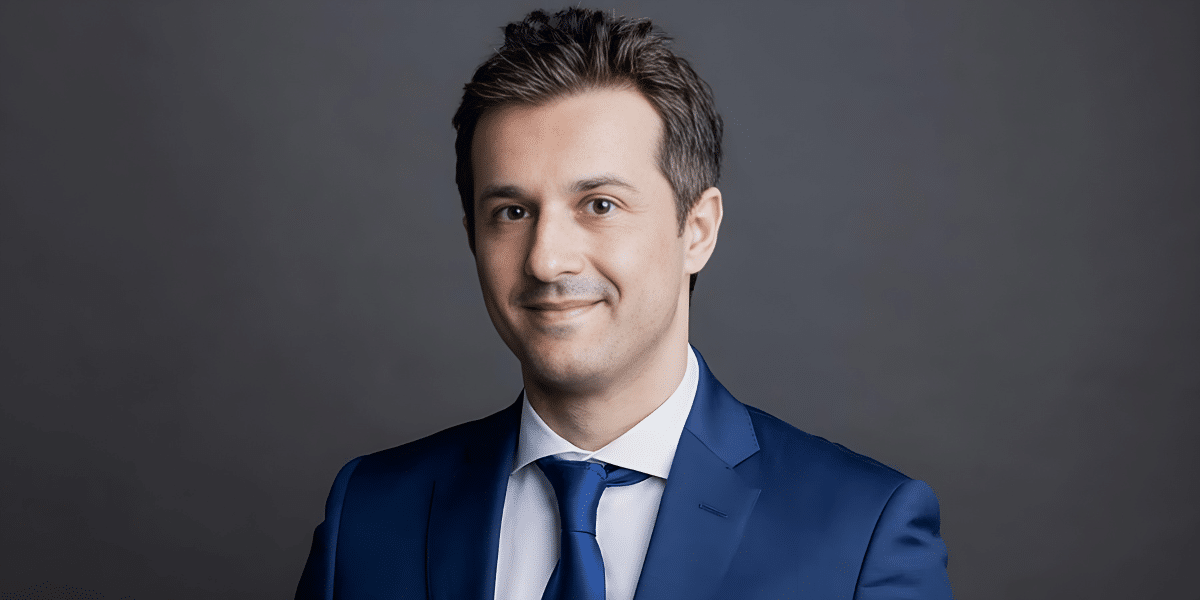By: Elena Mart
The animation industry is currently undergoing changes. With the rise of intelligence tools like Sora from OpenAi, there is a lot of speculation about how this technology will reshape the landscape of video production and its impact on human animators. Alex Safavinia, the CEO of Kasra Design®, an acclaimed animation studio, delves deep into the possibilities that AI brings to the field of animation in an insightful interview. This article will explore how AI influences workflows, job stability and the essence of storytelling in animation. The conversation will touch upon both the obstacles and opportunities that come with integrating AI technology into animation pipelines and how studios are adapting to this era in their creative processes.
Hey Alex, could you share a bit about how you got started in animation?
Alex Safavinia: After I finished my multimedia degree in 2009 I dived into the world of animation, just as it was gaining momentum. At that time, explainer videos were really taking off among businesses and startups in Silicon Valley. Recognizing the growing demand for animation services during this period, I decided to launch my own company. It’s been a journey to witness our growth over the years, from collaborating with Fortune 500 companies to establishing a new office in Singapore. It’s truly remarkable to see how animation has become increasingly popular across industries.
People are talking a lot about this AI tool named Sora from OpenAI. Why is that?
Alex Safavinia: Sora has definitely caught the attention of folks in the animation world, myself included. It’s like having an AI-powered video wizard at your disposal. You simply describe a scene in language, press enter, and voila! Sora brings it to life, whether as an animation or even real-life footage. This tool is a game-changer for creating content. You can churn out videos quicker and smoother than before. The best part? Sora can take your ideas and transform them into visually stunning creations. However, as with any technology, there are mixed emotions within the creative community.
What challenges did animation studios face prior to the emergence of AI video creators?
Alex Safavinia: Recruiting top-tier talent has always been a challenge, like trying to uncover a treasure! This is especially true depending on the location of your recruitment efforts. The animation industry thrives on individuals who possess a blend of creativity and technical expertise. However, let’s face it. Not everyone is naturally gifted in animation despite the increasing number of schools and courses. Only a small percentage, around 10% possess the ideal mix of talent, skills and commitment needed to truly stand out on a global level.
Furthermore, while educational institutions teach the fundamentals of animation, they often fall short in providing students with the skills required to immediately succeed in the real world. This gap between academia and industry often leaves graduates ill-prepared for their careers. As a result, animation studios invest time and resources into training and mentoring new employees. It’s not about mastering the technical aspects; it’s about nurturing creativity, problem-solving capabilities, and teamwork essential for thriving in this competitive and constantly evolving field.
Is there cause for concern among animators regarding the capabilities of Sora?
Alex Safavinia: While the demos are impressive, we’re not entirely sure of its capabilities or how much control we’ll have over our creations. Should animators be worried? It’s a bit of a bag. There are concerns regarding ownership of projects and if our work is stored in a database anyone with access could potentially replicate it hindering innovation.
Let’s not overlook the significance of human input. Not everyone possesses the skill to create animations that truly align with a company’s requirements.
Wait, let’s not rush to conclusions. Although Sora may bring about changes, there isn’t evidence yet of it producing top-tier animations every time. Who knows, perhaps it could even streamline our concept development and production processes.
Copyright and AI-generated content have sparked discussion. What are your views on this matter?
Alex Safavinia: It’s a topic for valid reasons. The issue lies in how copyright intersects with AI-generated content, especially when AI is trained using artists’ creations. It’s an area due to the limited disclosure from AI companies regarding their training methods. Without openness, it’s challenging to determine the extent of copyrighted material utilized in training these AI models.
Another intriguing aspect is how these AI systems react to prompts mentioning artists. When an artist’s name is included in an AI prompt, the system can produce content that emulates that artist’s style. This raises queries about whether such actions constitute copyright violation even if the AI-generated output is not an exact copy of the original artwork. On the side, AI companies may argue that their creations are entirely novel and do not infringe on copyrights. However, this argument brings up considerations regarding the intricacies of copyright law and ethical dilemmas surrounding using artists’ works in AI training.
Can you identify any advantages to this evolving technology within your field?
Alex Safavinia: Absolutely! There are benefits to embracing this rapidly progressing technology within our industry.
For example, let’s consider the impact of incorporating AI tools like Sora into software such as After Effects, Blender and Cinema 4D. It’s truly a game-changer. By empowering designers and animators to create and enhance 3D models or 2D animations, we can revolutionize the content creation process like never before.
What guidance would you offer to aspiring animators who are concerned about AI potentially replacing their roles?
Alex Safavinia: It’s premature to view it as a threat at this point. However, I would suggest immersing yourself in learning about AI and embracing every chance to explore AI platforms that come your path. While AI may automate aspects of animation tasks remember that it still relies on an artist’s creative vision to truly flourish. Moreover, who’s to say? Integrating AI could become a practice in animation software sooner rather than later. Therefore, my advice is to stay curious, adapt to emerging technologies and continuously hone your abilities. It will certainly benefit you in the long term.
Published by: Martin De Juan


















